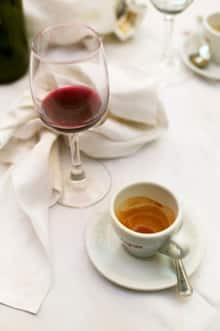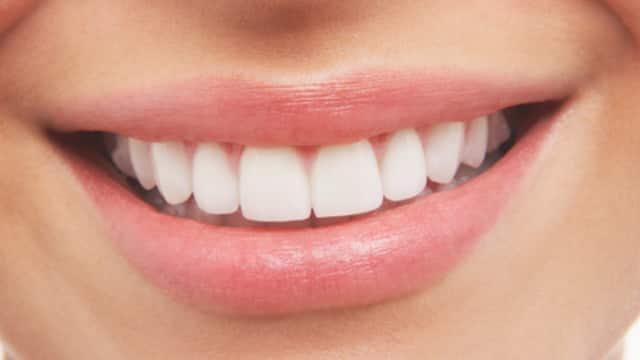
Are your teeth losing their dazzling whiteness? In that case, you might want to watch what you’re eating. Certain foods have a reputation for discoloring teeth. The main causes of teeth stains are acids and chromogens, which are substances that can readily be converted into colored compounds.
Here are some foods that contain high amounts of these teeth-staining components. The bad news is that many of these foods are treats that we consume every day. The good news? There are simple remedies that can help minimize their staining potential.
Coffee and Tea
Over time, daily coffee drinkers often see their teeth turning slightly yellow. Because tooth enamel is very porous, the coffee you drink gets absorbed into these pores, thus causing discoloration. Tea, according to dentists, though beneficial to our health in many ways, causes even more severe staining than coffee. Both coffee and tea are also highly acidic; this causes erosion of tooth enamel, which leaves teeth even more vulnerable to discoloration. It's a vicious cycle for caffeine lovers.
Carbonated Drinks
The acid and chromogens in fizzy drinks are what stains teeth. While dark-colored sodas like root beers and colas have more chromogens, even light-colored carbonated beverages will increase staining. Colas contain phosphoric acid while lemon or lime flavored sodas are laden with citric acid. Both of these acids can cause erosion of a tooth's surface, known as the enamel. Weakened enamel increases the absorption of chromogens, contributing to staining.
DID YOU KNOW?
Water, tea and coffee are the three most-consumed beverages in the world. It’s estimated that between 400-500 billion cups of coffee are drunk globally every year.






